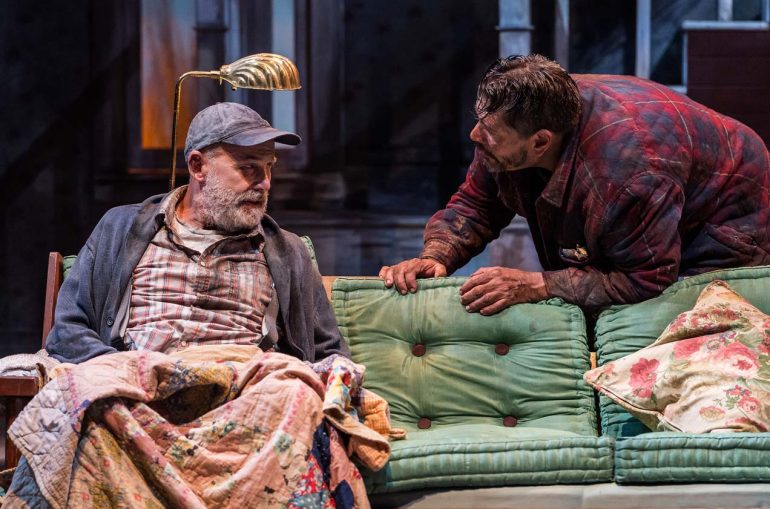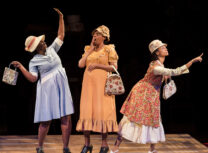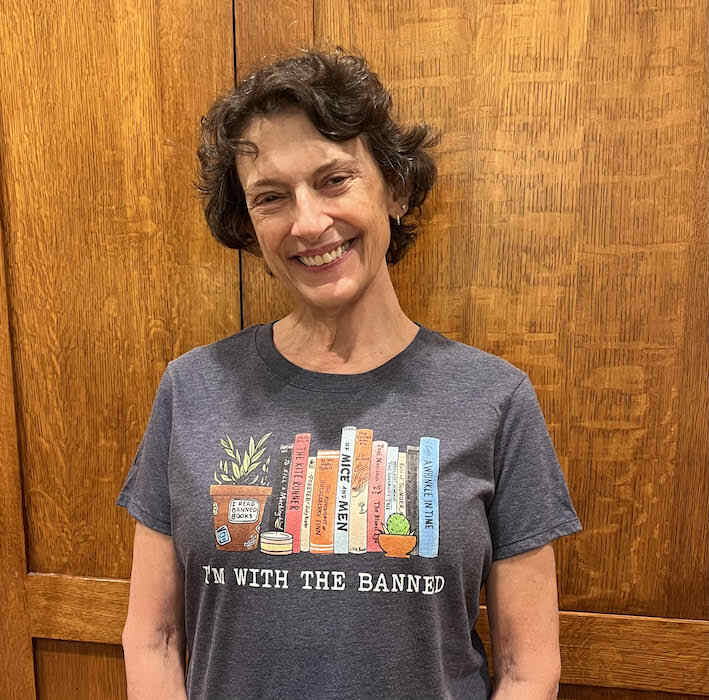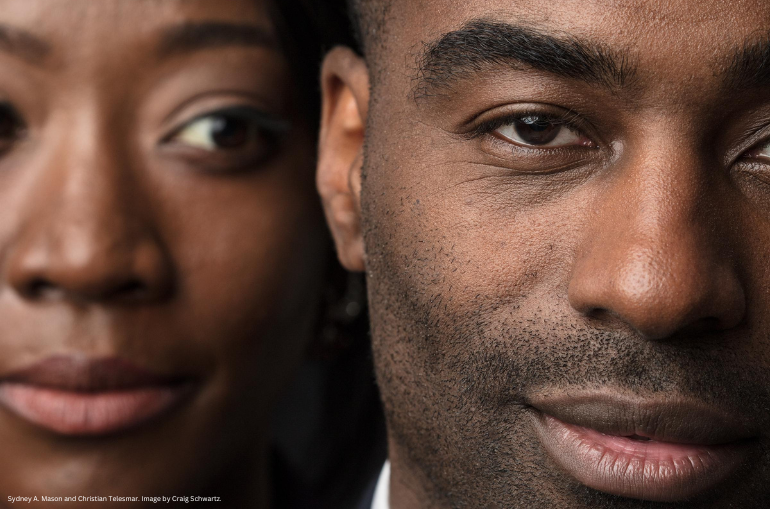Sam Shepard’s Oresteia

By A Noise Within
October 22, 2019
Written by Stephen Dickey
“I do honor the ones that have come before me. It’s ridiculous to think that you are born out of thin air…. If you don’t honor your ancestors—in the real sense—you are committing a kind of suicide.”
–Sam Shepard
In a 1986 interview in Rolling Stone, Sam Shepard cited some playwrights whose work he found influential when his own writing entered a dry spell in the early 1970s: “I read most of the Greek guys—Aeschylus, Sophocles. I studied up on those guys, and I’m glad I did.” Audiences of Buried Child (including the Pulitzer Prize committee in 1979) are glad, too. Here, as in Curse of the Starving Class (1976), Shepard absorbs and transforms characters, motifs, and even specific episodes of Aeschylus’s Oresteia, adapting them to his own dramatic purposes.
If Buried Child is a tragedy of ancient pedigree, though, it surely is not just a tragedy, nor is its comedy merely dark. Veering from sly riddle to broad slapstick, the play draws its mythic sources into a modern world of absurdist humor, dashed with melodrama, farce, magical realism, and gothic romance. The patriarch of the family is perhaps the best example of Shepard’s technique. His name, fittingly, is Dodge, a token of his ability to practice avoidance of the past and its consequences for as long as possible. Dodge’s first line in the play – “Catastrophic” – is spoken in response to his wife Halie’s question, “What’s it like down there?” But “catastrophe” is also the technical term for the conclusion of a tragic plot in drama. With this deft shorthand, Shepard signals that the tragedy of this family has already occurred and we are left to watch the characters move among the ruins.
Dodge, however, is short on time. In a running tragicomic sight-gag worthy of Shepard’s idol, Samuel Beckett, Dodge is repeatedly subjected to burial both before and after death: much of the time wrapped in a blanket, but also covered by ears of corn, then cornhusks, a rabbit fur coat, a single yellow rose, and finally by the whole bouquet. And just as Orestes returns to Agamemnon’s gravesite, so in Buried Child an Orestes-figure returns unrecognized to his ancestral home, first as a visitor, then fully to reclaim his legacy. This would be Vince, Dodge’s grandson, Tilden’s other son, buried by the entire family’s willful amnesia.
Like Aeschlyus, Shepard locates the matrix of all this human tragedy in the family itself. Decorating its action with such allusive events as the leaving of hair and libations beside the onstage “tomb” of the corpse-like Dodge, Buried Child weaves literal and symbolic actions of adultery, infanticide, and cannibalism – routine atrocities in the House of Atreus – knotting them together with oedipal incest. The title character, born of Tilden’s union with his mother, Halie, and killed by Dodge, its grandfather, is in some sense transformed into the food that Tilden mysteriously keeps bringing into the house. In Act 1, he enters with an armload of corn from the farm where none has been planted for decades. In Act 2, carrots. In Act 3, the play ends with Tilden carrying the exhumed corpse of a small child upstairs to its mother. To their mother. Through the isomorphic events of Tilden’s entrances, the buried child acquires multiple meanings: sacrificial victim, fertility god, phallic symbol, return of the repressed.
Toward the end of the play, the always dying Dodge bequeaths his house not to his wife but to Vince, who accepts it, dismissing his girlfriend Shelly with the words “I’ve gotta carry on the line.” As if to explain, he then describes his adventure of the night before, when, sent to buy booze for Dodge, he instead kept it for himself and went for a drive. In a quintessential Shepard monologue, Vince reports:
I could see myself in the windshield. My face. My eyes. I studied my face. Studied everything about it. As though I was looking at another man. As though I could see his whole race behind him. Like a mummy’s face. I saw him dead and alive at the same time. In the same breath… And then his face changed. His face became his father’s face. Same bones. Same eyes. Same nose. Same breath. And his father’s face changed to his grandfather’s face. And it went on like that. Changing. Clear on back to faces I’d never seen before but still recognized. Still recognized the bones underneath.
Vince’s epiphany also summarizes the situation of Buried Child in western drama. Where Vince “studied everything about” his own face and found it to contain many that had lived before, Shepard “studied up” on ancient drama and found structures he could make familiar, characters he could revive, a usable past. We no longer tend to speak in Aeschylean terms of Zeus and the yoke of fate, preferring chromosomal mapping as our model of destiny. Either way, Shepard’s play clearly registers its descent from ancient theater: “the bones underneath.”








